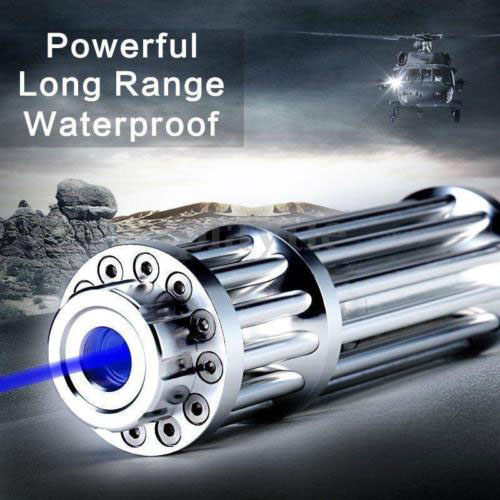Recently, scientists have successfully focused the laser to a billion times the intensity of the solar surface light intensity, and achieved its precise collision with high-energy electrons, verifying the key theory of electrodynamics that has never been verified in the past century: high-order multiphoton Thomson scattering theory. This result will open the door to experiments for the quantum electrodynamic theory system staying in the theoretical stage. During the experiment, extremely high-energy directional gamma rays were generated, which can be used to generate high-energy high-brightness light sources; this process is also expected to generate gamma-second-level gamma bursts in the laboratory, enabling atomic-scale nuclear physics and laboratory high-energy astrophysics New research areas.
In the extreme glare laboratory of the University of Nebraska-Lincoln in the United States, scientists are conducting the world’s strongest laser pointer and high-energy electron scattering experiments. On June 26th, a research paper published in the “Nature · Photonics” by the University of Nebraska-Lincoln University and Shanghai Jiaotong University said that by focusing the ultra-high-speed ultra-fast laser, the researchers got the peak An extremely strong light field environment with an intensity one billion times higher than the surface intensity of the sun. They found that under such a strong laser, electrons moving near the speed of light may absorb thousands of photons “simultaneously” at one time, and then “merged” into a high-energy photon emission, which is scientifically called “high-order multiphoton” Thomson scattering “.
This theory is one of the well-known theories of classical electrodynamics and was proposed as early as the early nineteenth century. However, due to the limitation of experimental conditions, it was not until the recent development of ultrafast and ultra-strong laser technology that the experimental verification of this theory became possible. Although the laser intensity of the latest experiment reported by Nature Photonics is already very high, if the laser intensity continues to increase, the classic electrodynamic theory will no longer be applicable and replaced by quantum electrodynamics. The theory shows that when the laser intensity reaches trillions of times of sunlight, the laser will generate positive and negative electron pairs in an absolute vacuum, which is to achieve Einstein’s ultimate theoretical mass-energy conversion E = mc2. The result of this experiment is an important experimental verification in the development of the classical electrodynamics theory vector quantum electrodynamics theory.
The experiment was carried out on the Extreme Light Labortaory (Diocles laser) laser device at the University of Nebraska-Lincoln. The laser device is one of the most advanced ultra-strong ultra-fast red laser pointer devices in the world. The pulse width is designed to be 27 femtoseconds (equivalent to one tenth of the diameter of the light passing through the hairline), and the peak power reaches one beat. Watts (one beat of watts equals 1 trillion kilowatts. For comparison, the average monthly total national electricity consumption in 2016 was about 400 billion kilowatt hours).
This experiment is extremely challenging and extremely demanding on space-time accuracy. In order to achieve the collision scattering of electrons and photons, the Diocles laser must first be divided into two beams, one of which is used to generate high-energy electrons with relativistic velocity motion, that is, laser tail wave electron acceleration. In this process, how to achieve stable laser acceleration is a very challenging topic in itself. In recent years, major international laboratories have conducted relevant research.
